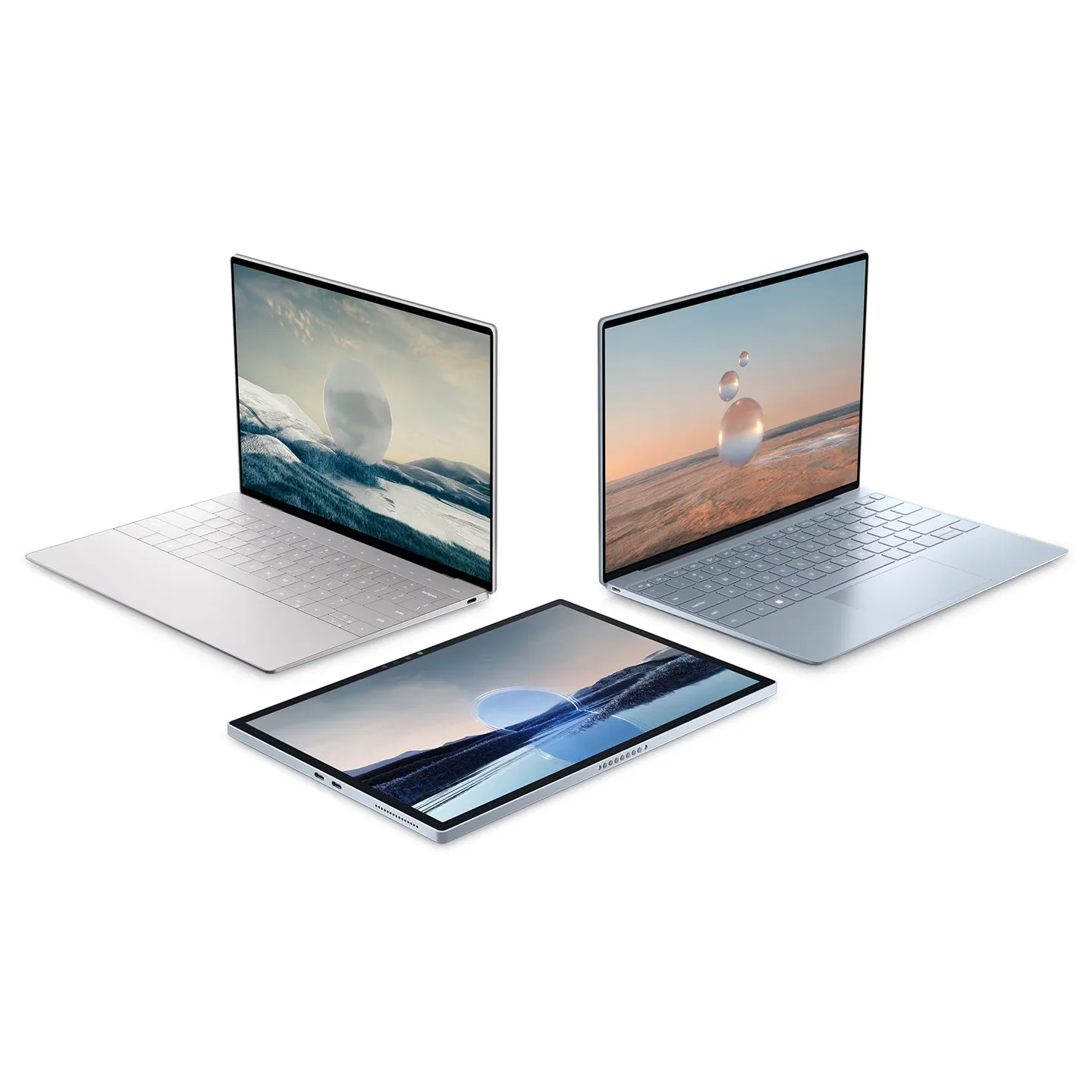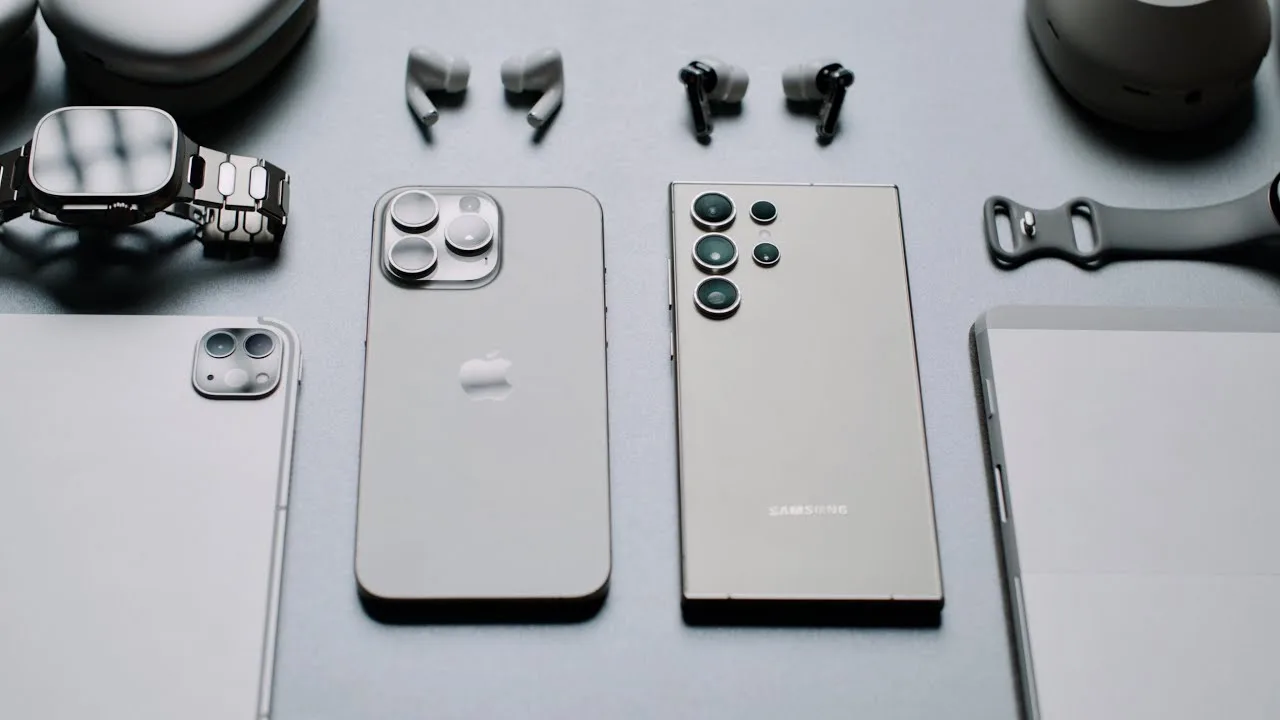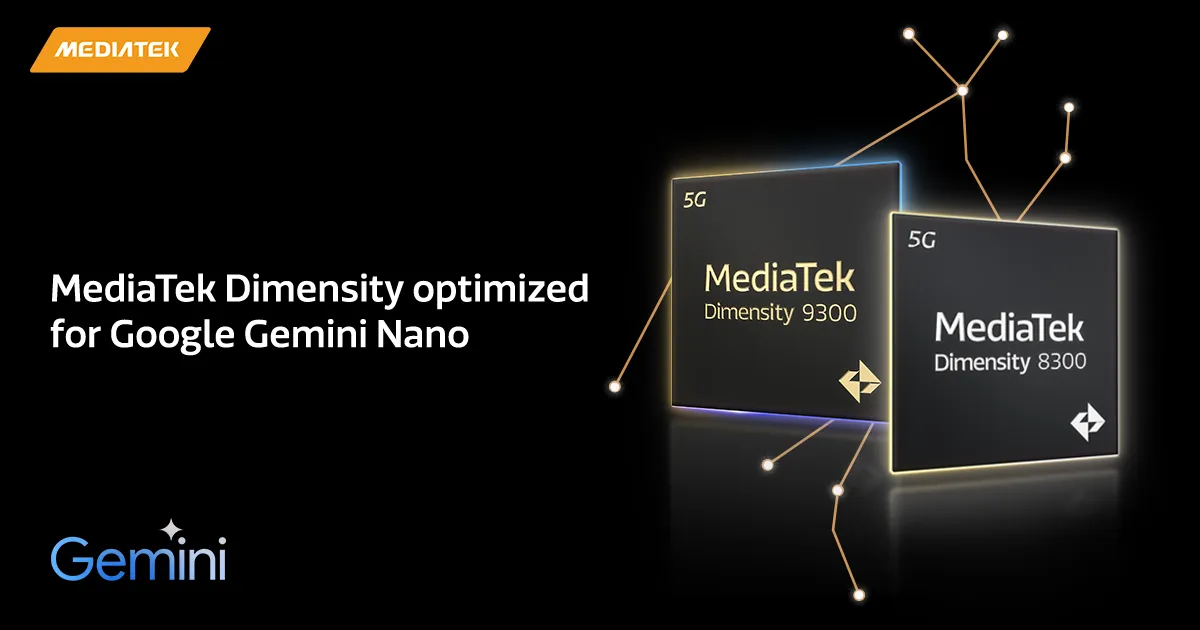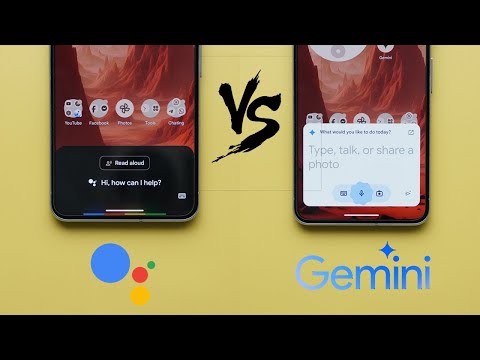Microsoft is discontinuing Cortana on Windows 11 and Windows 10 later this year. Discover the reasons behind this decision and the impact it will have on users. Stay informed about alternative options and how to navigate this change effectively.
Introduction:
In a significant move, Microsoft announced the discontinuation of Cortana on both Windows 11 and Windows 10 later this year. This decision has sparked curiosity and concern among users who have grown accustomed to the virtual assistant’s presence. In this post, we delve into the reasons behind Microsoft’s move and explore the implications for users. We’ll also discuss alternative options available and provide guidance on how to adapt to this change seamlessly.
Why is Microsoft killing Cortana?
Microsoft’s decision to retire Cortana from Windows 11 and Windows 10 stems from a strategic shift in their approach to virtual assistants. Recognizing the dominance of voice-enabled smart devices like Amazon Echo and Google Home, Microsoft has opted to refocus Cortana primarily for business and productivity scenarios. By separating Cortana from the core Windows experience, Microsoft aims to provide a streamlined and efficient user interface.
What does this mean for users?
For Windows 11 and Windows 10 users, the removal of Cortana as a built-in feature means that the virtual assistant will no longer be readily accessible or integrated into the operating system. This change will affect various aspects of Cortana’s functionality, such as voice commands, reminders, and personalized recommendations. However, it’s important to note that Microsoft is not completely abandoning Cortana; instead, they are reshaping its purpose to align with business use cases.
Alternative options for virtual assistants:
While Cortana’s presence may diminish on Windows 11 and Windows 10, users still have alternative options for virtual assistants. Here are a few popular choices:
- Amazon Alexa: With the Alexa app available on the Microsoft Store, users can harness the power of Amazon’s virtual assistant on their Windows devices. Alexa offers a wide range of features, from voice commands to smart home control and entertainment.
- Google Assistant: Windows users can access Google Assistant through the Google app or by utilizing devices like Google Nest speakers. Google Assistant provides voice-enabled capabilities, personalized recommendations, and seamless integration with various Google services.
- Microsoft 365: As Microsoft pivots Cortana towards business productivity scenarios, users of Microsoft 365 services, such as Outlook and Teams, will still be able to utilize Cortana’s functionality within those applications.
Navigating the change:
To adapt to the absence of Cortana on Windows 11 and Windows 10, users can take a few steps:
- Explore alternative virtual assistants: Try out Amazon Alexa or Google Assistant to find the virtual assistant that suits your needs and preferences.
- Utilize dedicated apps: Consider using dedicated apps for specific tasks, such as setting reminders, managing your calendar, or accessing personalized recommendations.
- Leverage Microsoft 365 services: If you’re a Microsoft 365 user, leverage Cortana’s capabilities within productivity applications like Outlook and Teams.
Conclusion:
As Microsoft discontinues Cortana on Windows 11 and Windows 10, users must be aware of the changes and adapt to alternative virtual assistant options available. Embrace the shift towards more focused business productivity scenarios while exploring the features and functionalities offered by Amazon Alexa, Google Assistant, and Microsoft 365. Stay informed, experiment with new solutions, and make the most of the evolving virtual assistant landscape.





